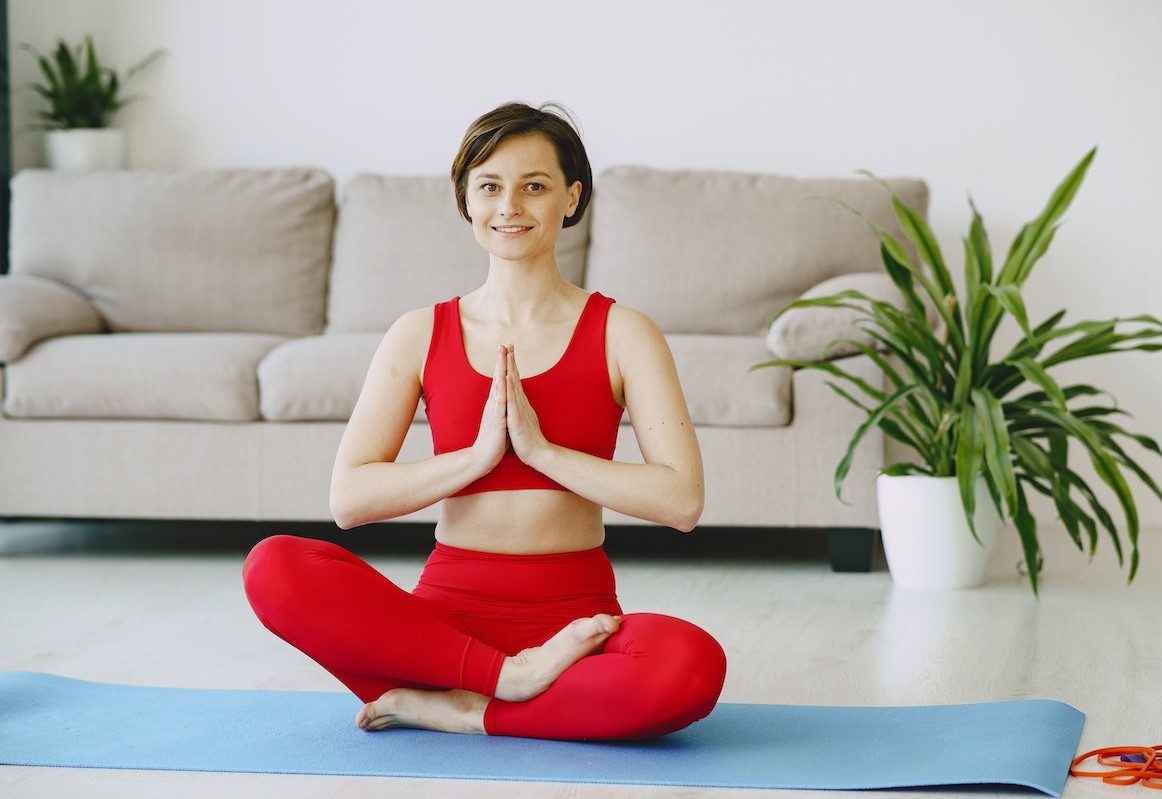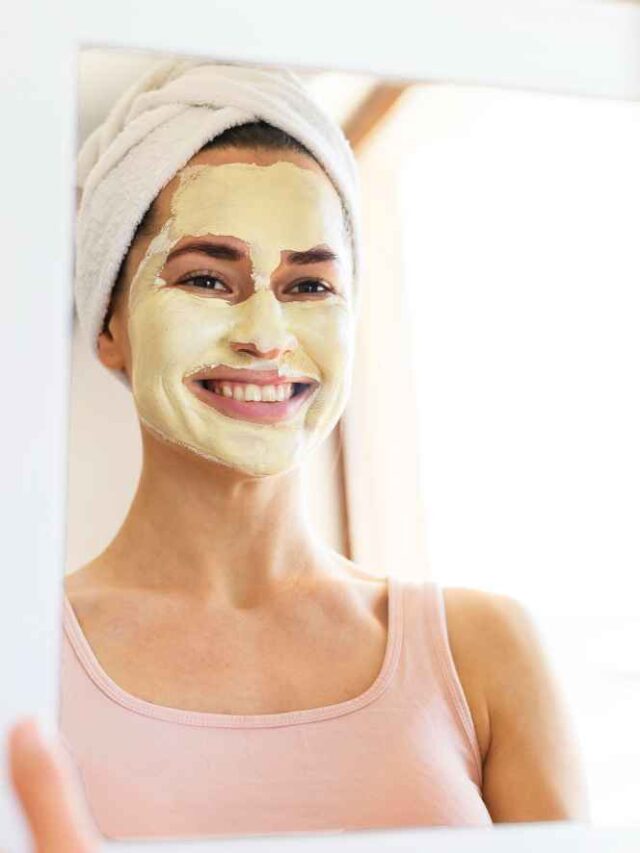“Lotus Pose and Its Impact on Body and Mind: A Yogic Journey”
Lotus Pose (Padmasana) is a classic seated yoga posture that offers numerous physical, mental, and spiritual benefits. It is often associated with meditation and pranayama practices, as it provides a stable and comfortable seated position for extended periods of time. Here are the benefits and steps on how to do Lotus Pose:
Benefits of Lotus Pose:
- Enhanced Flexibility: Regular practice of Lotus Pose stretches the hips, knees, and ankles, leading to increased flexibility in these areas.
- Improved Posture: Sitting in the Lotus Pose naturally aligns the spine, promoting good posture and reducing the risk of back pain.
- Calmness and Relaxation: The pose’s meditative qualities induce a sense of calm and relaxation, helping to reduce stress and anxiety.
- Stimulates Digestion: The compression of the lower abdomen in Lotus Pose stimulates digestion and aids in relieving digestive issues.
- Energy Flow: Lotus Pose helps activate and balance the root and sacral chakras, facilitating the flow of energy throughout the body.
- Enhances Concentration: The stillness and focus required in Lotus Pose improve mental clarity and concentration.
How to do Lotus Pose:
Note: Lotus Pose requires considerable hip and knee flexibility. If you experience discomfort or pain while attempting the full expression of the pose, consider using props or practice preparatory poses to gradually open the hips.
- Sit on the floor or a yoga mat with your legs extended straight in front of you.
- Bend your right knee and bring it under your right foot towards your left hip crease.
- further, bend your left knee and bring your left foot towards your right hip crease. and the sole of the foot face upward.
- Adjust your feet and legs as needed to find a comfortable position where both knees touch the ground and the feet rest on the opposite thighs.
- Place your hands on your knees or form a meditative mudra, such as Gyan mudra (index finger and thumb touching).
- Lengthen your spine, relax your shoulders, and close your eyes or maintain a soft gaze.
- Breathe deeply and evenly, maintaining the pose for as long as comfortable.
Precautions:
- Avoid forcing your knees to the ground if you feel strain. Allow your hips and knees to open naturally over time with regular practice.
- If you experience discomfort or pain, consider using props like a cushion or yoga block under the knees or sitting on a folded blanket to elevate your hips slightly.
As with any yoga posture, listen to your body and be gentle with yourself as you explore Lotus Pose. With consistent practice, you can gradually experience the benefits and deepen your experience in this beautiful and meditative pose.
Social Media Addiction: Understanding the Temptation of the Digital World









